What is
normal fish behavior?
a cheerful, healthy fish is typically one who swims at a traditional pace is aware of its surroundings and reacts quickly when food is introduced.
Fish who rest listlessly, perhaps on their sides, fins clamped together and
don't answer food are obvious clues something isn't right. Feeding time is,
therefore, an excellent time to watch any abnormal behaviour.
Water
Chemistry & Testing
The first
thing to try to if you notice something isn’t right is to check the pond water.
Correct water chemistry is prime to a healthy environment and can often be the
lead explanation for disease during a pond.
In an
idyllic world, fish keepers would normally test their water a minimum of once
every week. Recording the test leads to a table or graph, that would also help
quantify any changes to the water over time.
actually , this is often rarely
what happens, and as fish keepers we mainly only test the water as a reaction
to noticing something unusual. only too often the results come with but ideal
parameters then an action is taken to rectify things .
Regular testing would
help prevent these fluctuations in water conditions - and thus avoid many cases
of sick fish.
Checking Amonia
The most
important parameters to check for are ammonia, nitrite, nitrate (the three
parameters of the nitrogen cycle), pH, KH & GH (acidity and hardness of the
water).
The NT Labs Pondlab - 200 Multi-test includes tests for all 6 of those
in one conveniently packaged, detailed kit.
When
starting a replacement pond the key parameters to check for are ammonia and
nitrite.
These are going to be present during maturation of the pond and pose a
threat to the health of the fish even in low concentrations.
Pond filtration
removes these toxins from the water by culturing bacteria that convert ammonia
and nitrite into the less harmful nitrate.
Nitrate levels will increase over
time and will be monitored to stop algae blooms. If it is ammonia or nitrite
are present, perform a partial water change and supplement the filter with a
bacterial supplement to rapidly reduce
the toxicity of the water. Review the quantity of fish food being added to the
pond and consider withholding food for a brief period too.
Ponds Ammonia:
Mature ponds
are should contain no ammonia or nitrite but the ageing process will create
acidic conditions over time.
The acidification process will decrease carbonate
hardness (KH) and subsequently cause an unstable pH so it's important to
check regularly to stop levels from dropping too low.
Pond fish prefer a pH of
between 7 and eight, a KH of a minimum of 6 dKH and a GH of at
about 8 dGH. Hardness levels of these stated create a ‘buffer’ to
stabilise the pH, if these get too low this will cause rapid swings in pH which
kills fish quickly.
Water Conditions:
Water
changes in timely are again key to maintaining good water chemistry. Freshwater
replenishes lost minerals in aged pond water which can keep the water at a
stable pH value.
Always remember to treat new water with a dechlorinator fish fungale Remover may remove harmful chlorine,
chloramines and heavy metals.
If the KH or GH is too low and fresh water
doesn't bring them up to recommended levels, buffering agents should be added
for future stabilisation
Water
quality can have a detrimental effect on the fish for both directly and
indirectly. It can lower a fish’s system which makes the animal more
susceptible to infectious diseases.
Some water parameters are poisonous if left
to urge to the extremes. High nitrite, for instance , will affect the fish’s
ability to soak up oxygen in to its blood.
this will end in the symptoms of not
enough oxygen present within the water (fish gasping at the surface) albeit the
oxygen levels are fine.
Disease
Diagnosis
Disease
diagnosis is vital to work out the simplest course of action once water quality
has been assessed. Fish diseases are often broadly categorised into either
bacterial, fungal or parasitic diseases.
Viral diseases also can occur, like
carp pox, but these are usually rare and harder to treat if an epidemic occurs.
Bacterial
infection symptoms:
the foremost
common bacterial infections in pond fish are ulcers, fin rot, tail rot, mouth
rot, dropsy and popeye. Mouth rot is usually confused with a fungal disease
thanks to its white cotton wool-like appearance.
Dropsy is that the late-stage
diagnosis of an indoor bacterial infection whilst popeye and red patches on the
body also are signs of a bacterial infection.
Ulcers can often get a secondary
mycosis if left untreated but should still be treated with an anti-bacterial
first.
Bacterial
infection Treatment:
Pond - Anti-Ulcer, Fin-Rot & Flukes
(Bacterad) & NT Labs Koi Care - Acriflavine. The latter is that the pure
active ingredient whereas the pond treatment also contains 2 other compounds.
Pond Salt Plus also can beneficial
during treatment to assist ulcer wounds to heal, reduce stress and support the
fish osmotically.
Fungal
infections symptoms:
White
cotton-wool like growths on the body or fins of the fishes, often a secondary
infection of an open wound.
Parasite
infection symptoms: Sugar-grain sized are white spots along the body or fins of
the fish, flashing, jumping, gasping at the surface, mucous-like appearance on
the body. Larger parasites include flukes, lice and leeches.
Some
parasite infections can only be observed under a microscope ( Trichodina,
Costia) whereas white spot (Ichthyophthirius or “ich”) is simpler to ascertain
on the body.
Flashing and jumping from the water may be a fish’s reaction to
the irritation caused by the parasite attaching themselves to the body.
Fungal
& Parasite infection treatments:
These 2 different disease categories are often treated together as
their treatment chemicals are often used together if dosed correctly. - FMG Mixture and Pond - Anti-Parasite &
Fungus (Eradick) use an equivalent 2 active
malachite
green and formaldehyde. F-M-G features a higher dose of formalin and is
therefore only suitable for koi.
Labs Anti Parasite & Fungus is suitable
for all of the pieces of pond fish if used correctly. Both are very effective
at treating a broad range of parasite and fungal infections.
Other
parasitic infections, like flukes, lice or anchor worm, require different
treatments: -
Argus
& Koi Care - Flukasol. Both are very effective treatments for that but
confirm which parasite the fish have before use. NT Labs Koi Care -
Permanganate Dip also can be used as a dip treatment against all parasites
including lice, leeches & anchor worm.
Treating
a Pond:
There are
variety of important considerations in touch in mind when treating a pond. it's
going to seem obvious, but the foremost important thing when using medicine
around a pond is to always thoroughly read the label before adding to the
water! Here are other precautions one should consider before adding any
treatments:
Not all fish
species can tolerate a number of the active ingredients wont to make the pond
treatments and this is often usually noted on the packaging.
Note that if a treatment is labelled for koi,
this could be taken as suitable for koi only and not assume it's safe for all.
These koi treatments are usually for stronger and are designed for ponds
containing koi only.
Test the
pond water before treating - Otherwise some treatments can have a negative
impact if the water chemistry isn’t right before treating.
Always confirm
ammonia and nitrite levels are at 0, pH is between 7-8 and KH is a minimum of 3-4 dKH (unless employing a product to
unravel a problem concerning one among these parameters.)
Correct
dosage -
it's important to first have a rough idea of
what percentage gallons the pond holds. Whilst some treatments aren’t harmful
if overdosed, others are lethal if not given the right amount.
A rough
guide of length width depth (in feet) multiplied by 6.25 will give imp. gallons. Times this
by 4.54 to urge litres. Every treatment
features a certain tolerance built-in, so don’t panic if an additional
millilitre or two is dosed.
If you're
ever concerned about dosing your pond, make certain to use the Dosage
Calculator.
Never mix
treatments unless they assert they will get on the label. Always leave a minimum of 7 days between switching treatments to form sure there are not
any cross-reactions.
Always treat
the pond leaving any time to watch the fish just in case they react negatively
to the treatment.
Turning the
UV off during treatment is vital as UV light can degrade the medication. it's
usually advised to go away the UV light off for 10 days during treatment.
Treatments can reduce dissolved oxygen within
the water so it’s important to form sure all pumps,
waterfalls and filters are
running at their optimum to maximise water movement and maintain high oxygen
concentrations. this could be maintained 24/7 during the course of the treatment.
Safe
temperature range - most treatments have reduced efficacy below 10°C and lots of having a maximum safe temperature of
between 25-30°C.
High temperatures reduce water’s ability to carry
oxygen. Couple this with adding a drug and this might cause a sudden extreme
drop by oxygen levels.

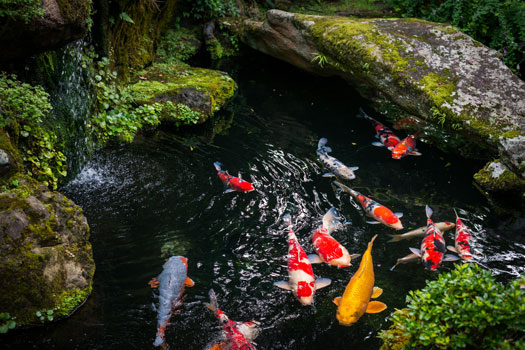
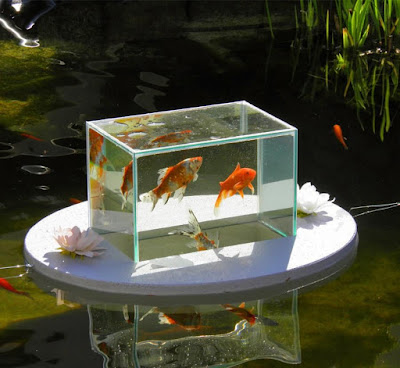
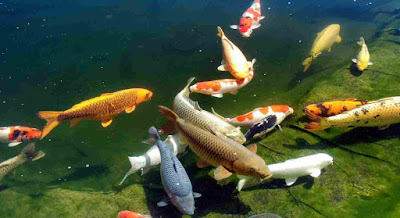

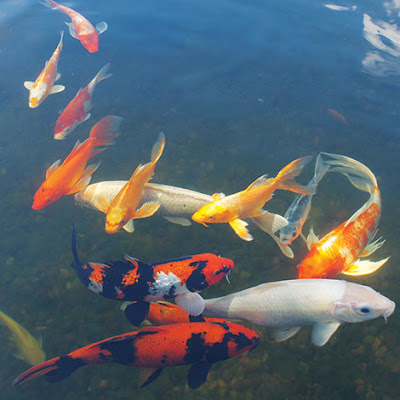

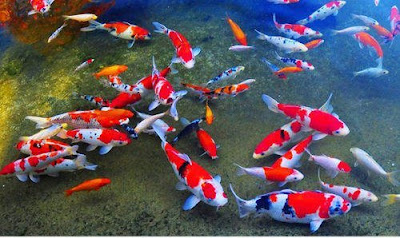

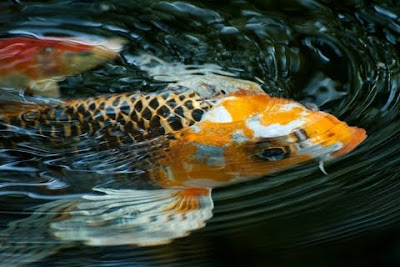

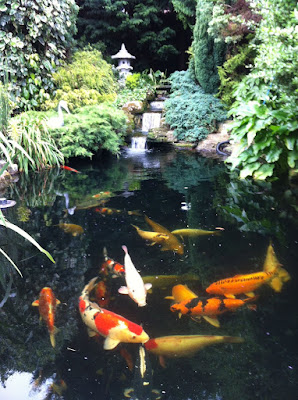



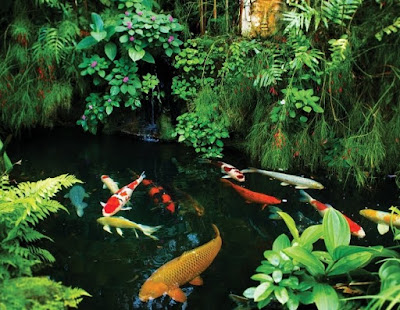
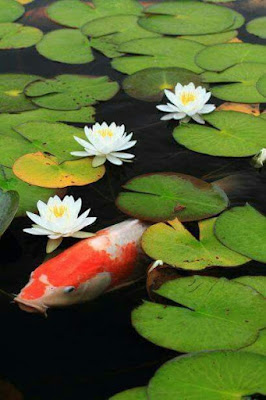
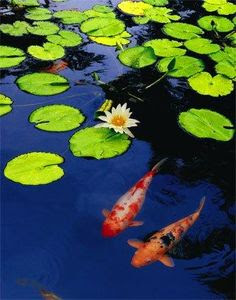
Post a Comment